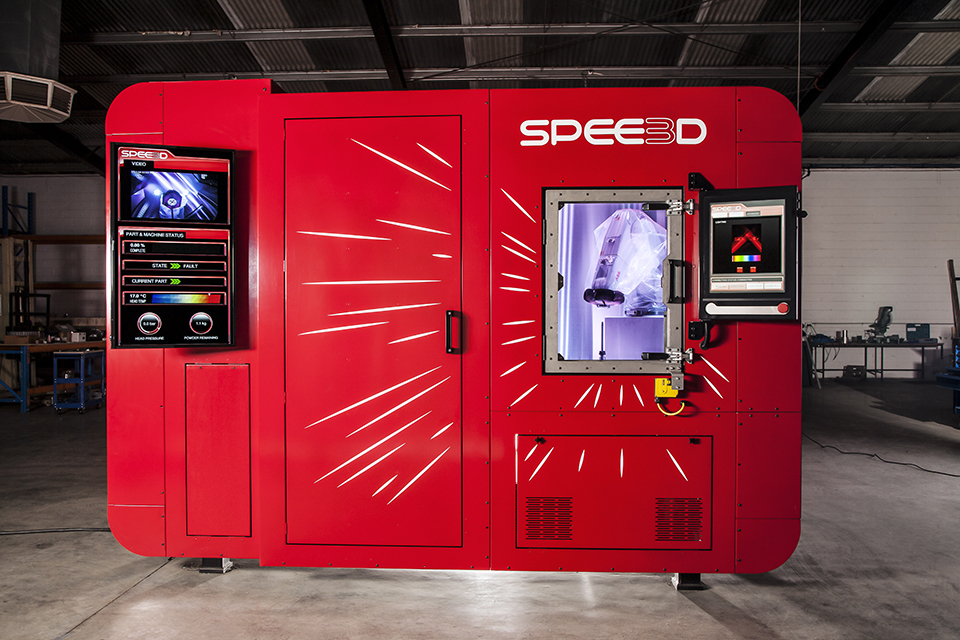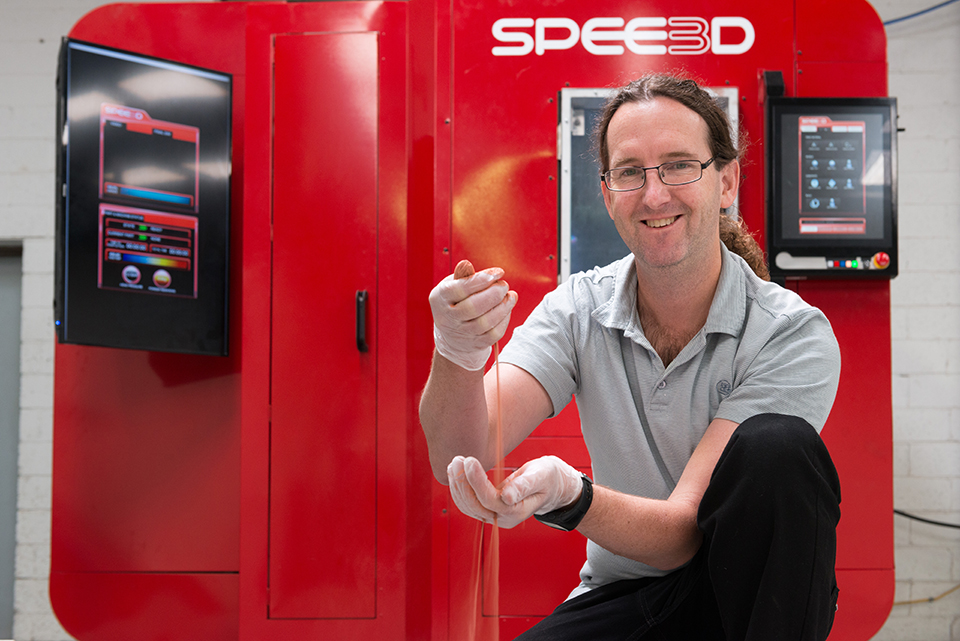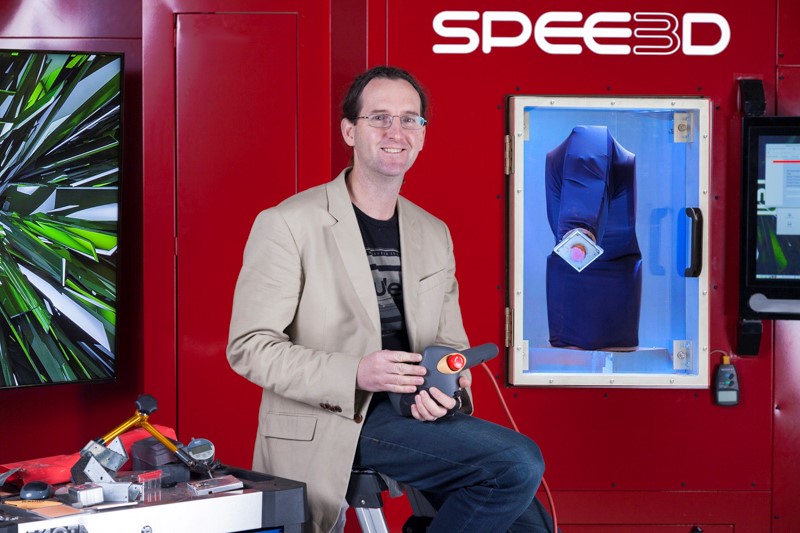Entrepreneurs, engineering companies and OEMs historically reduce the overall cost of prototyping by simply conducting more design iterations in the CAD workspace. This cost savings was realized by analyzing several design iterations prior to the creation of an actual prototype. More recently, and to some extent in the future, we see CAD packages creating very complex designs that initialize a series of design constraints. Utilizing these design constraints such as strength, weight, material properties, and functionality, a method of Artificial Intelligence (AI) and Computer Aided Design (CAD) creates many design iterations meeting the design constraints. The Design Engineers (with help from others, such as Marketing) review these designs and sort though the various design proposals identifying the non-tangible constraints such as ‘feel, look, image, message’ for the product. AI based CAD designs typically create very complex shapes. These shapes are sometimes more difficult to manufacture with conventional subtractive manufacturing methods, necessitating other methods. Moving forward we need to consider alternate manufacturing ideas. The following is a basic outline of how Cold Spray Additive Machining works along with the features and benefits.
Background on Cold Spray
The manufacturing industry is always looking at new and innovative ways to improve products. In recent years metal-based 3D printing has been at the forefront. Advancements in the 3D printing technology, equipment, and materials have resulted in costs being driven down, making it a more feasible option when manufacturing.
When customized equipment is vital and deadlines are non-negotiable, 3D printing gives government, military and defense manufacturers the freedom to design a single end-use part, quickly create low-volume tooling or build complex, precise prototypes.
3D Printing in defense is a technology that uses 3D digital files to create physical, solid objects. Computer data builds an object with many thin layers. These printers can produce weapon components and replacement parts for military equipment in the field. They reduce the chance of human error, and accelerate the procurement process, which is vital to the US military in particular.
This new technology is quickly becoming a major player in the defense manufacturing industry. Kinetic Research Corporation of Ann Arbor, MI USA, a non-profit scientific research corporation, is engaged in efforts to advance the use and development of the technology in the United States for public benefit. It has acquired a new CNC cold spray metal additive 3D metal printing machine which is located at Protomatic. The machine is the first of its type in the United States and manufactured by the Australian 3D metal printing company SPEE3D of Melbourne, Victoria, Australia (http://www.speed3d.com). Kinetic is developing benchmarks through tests designed to determine the cost efficiency and quality of product produced by the machine in various applications.
Cold Spraying is the most recent method to emerge in the field of thermal spraying. It offers special advantages to conventional spraying because the material is not melted in the process.
Additive Cold Spray CNC Machine by Spee3D
Contact details:
Protomatic Inc.
2125 Bishop Circle West
Dexter, MI 48130 USA
734-426-3655


